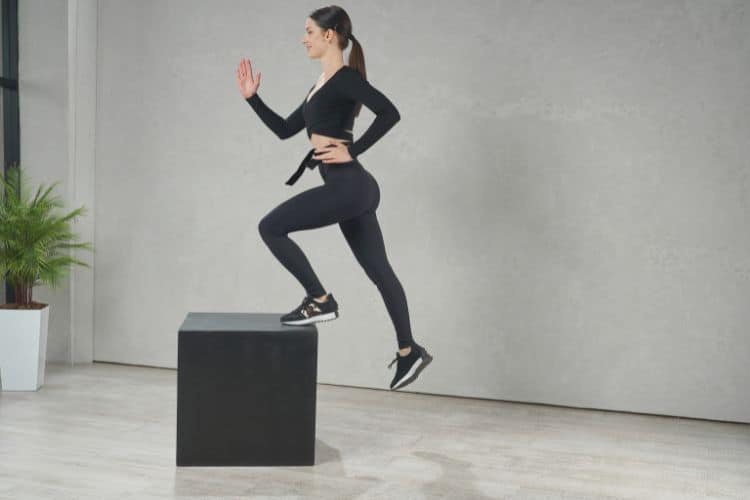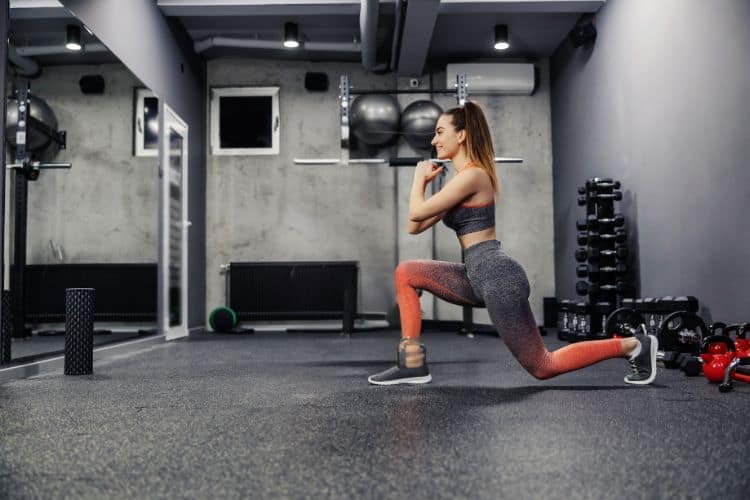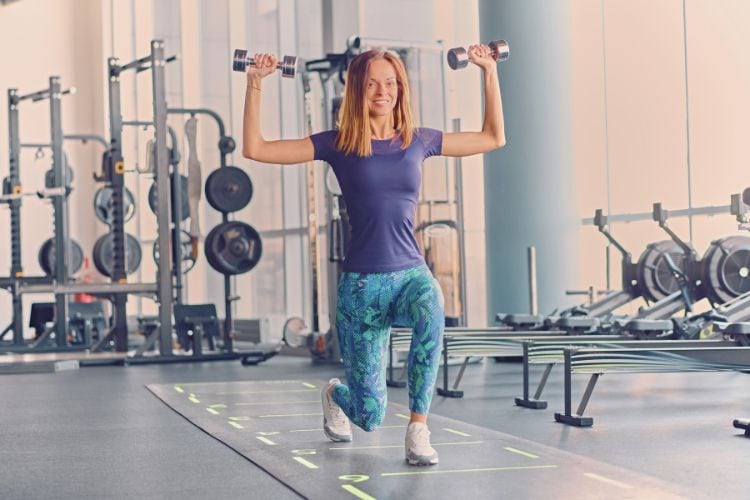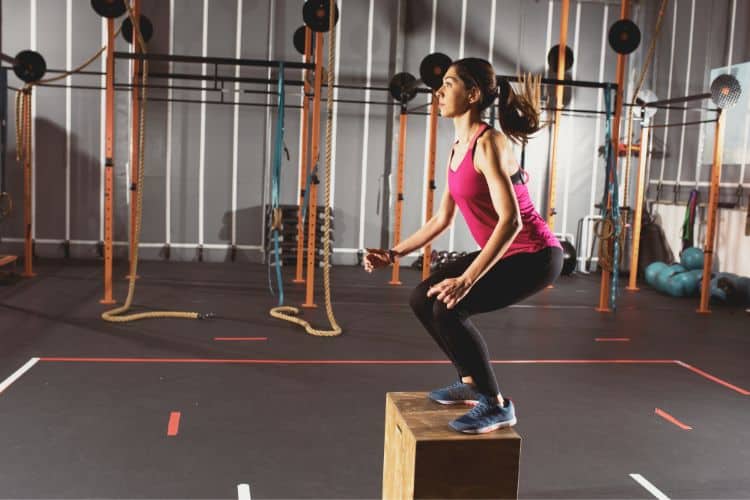Sign up for workout ideas, training advice, reviews of the latest gear and more.






When it comes to building strength and achieving a well-rounded physique, the shoulders are a critical muscle group to focus on. Not only do strong shoulders contribute to an overall aesthetic appeal, but they also play a crucial role in performing everyday activities and preventing injuries. For women aiming to sculpt, strengthen, and stabilize their shoulders, incorporating a variety of exercises is key. In this article, we delve into the anatomy of the shoulder, the benefits of shoulder workouts, and provide a detailed guide to effective shoulder exercises tailored for women.
The shoulder is a complex ball-and-socket joint, comprising three main bones: the clavicle (collarbone), the scapula (shoulder blade), and the humerus (upper arm bone). This intricate structure is supported by muscles, ligaments, and tendons, with the primary muscle groups being the deltoids and rotator cuff.
The deltoids are large, triangular muscles that cover the shoulder joint. They are responsible for the lifting and rotating movements of the arm and are divided into three segments:
The rotator cuff is a group of four muscles that provide stability to the shoulder joint, ensuring smooth and controlled arm movements.
Strong, well-defined shoulders contribute to a balanced and proportionate physique. They help create an hourglass silhouette and enhance the appearance of a narrower waist.
Building shoulder strength aids in performing a variety of upper body exercises, as well as daily tasks such as lifting, carrying, and pushing.
Strengthening the shoulder muscles, particularly the rotator cuff, enhances joint stability, reducing the risk of injuries and improving overall mobility.
Strong shoulders contribute to maintaining an upright posture, counteracting the effects of sitting for extended periods and reducing the likelihood of developing postural issues.
Before diving into the workout, it’s crucial to warm up the shoulders to increase blood flow and prevent injuries. Perform 5-10 minutes of light cardiovascular exercise followed by dynamic stretches such as arm circles and shoulder shrugs.
Finish your workout with 5-10 minutes of gentle stretching, focusing on the shoulders, chest, and upper back.
Always prioritize proper form over heavy weights to prevent injuries and ensure the target muscles are effectively engaged.
If you are new to shoulder workouts for women, start with lighter weights and gradually increase as your strength improves.
Consistency is key to seeing progress. Aim to incorporate shoulder workouts into your routine 2-3 times per week.
Pay attention to any signs of discomfort or pain. If something doesn’t feel right, stop immediately and seek advice if necessary.
Ensure your workout routine includes exercises for all major muscle groups to maintain a balanced physique and prevent muscle imbalances.
While the foundational exercises previously mentioned are essential for building shoulder strength, incorporating advanced techniques and variations can further enhance muscle development and prevent workout plateaus. Let’s delve into some of these strategies to elevate your shoulder training regimen.
Concept: Gradually increase the weight, volume, or intensity of your exercises over time to continuously challenge your muscles.
Application: Increase the weights used in your shoulder workouts for women exercises, add more sets or reps, or reduce rest periods between sets.
Supersets: Combine two exercises performed back-to-back with no rest in between. For example, do a set of dumbbell shoulder presses immediately followed by lateral raises.
Drop Sets: Start with a heavier weight and perform an exercise to failure. Then, reduce the weight and continue to perform the exercise to failure. Repeat this process 2-3 times.
These techniques increase the intensity of your workout, leading to greater muscle fatigue and potential growth.
While compound movements like the shoulder press engage multiple muscle groups, isolation exercises target specific parts of the shoulder.
Example: Cable lateral raises or front plate raises focus solely on the deltoids, providing a different stimulus for growth.
Strong shoulder workouts for women are not just about muscle size; stability and mobility are equally important. Incorporate exercises that challenge your shoulder stability and improve range of motion.
Examples: Stability ball exercises, face pulls, and rotator cuff exercises with resistance bands.
Enhancing the mind-muscle connection involves mentally focusing on the muscle being worked during an exercise. This intentional focus can lead to better muscle engagement and potentially greater gains.
Practice: During shoulder workouts, concentrate on the deltoids’ contractions and movements, ensuring you are engaging the right muscles.
Change up your shoulder workouts for women every 4-6 weeks to keep your muscles guessing and prevent adaptation. This can be achieved by altering the exercises, rep ranges, or training techniques.
Muscles grow during rest, not during workouts. Ensure you are giving your shoulders ample time to recover between sessions.
Tip: Incorporate rest days and get enough sleep to optimize muscle recovery and growth.
Protein is crucial for muscle repair and growth. Ensure you are consuming enough protein through your diet or supplements, especially post-workout.
Staying well-hydrated helps optimize workout performance and recovery.
A balanced diet rich in fruits, vegetables, whole grains, and lean proteins supports overall health and provides the necessary nutrients for muscle growth and recovery.
Building strong and defined shoulders takes time and consistent effort. Set realistic goals and track your progress to stay motivated.
Tip: Take progress photos, note the weights used in your workouts, and monitor how your strength improves over time.
Shoulder workouts for women go beyond aesthetic benefits. They empower you to tackle daily tasks with ease, promote better posture, and contribute to a strong and resilient physique. By incorporating advanced techniques, prioritizing stability and mobility, and supporting your workouts with proper nutrition and recovery, you set the stage for robust shoulder development and long-term success in your fitness journey. Embrace the journey, celebrate your progress, and let the strength of your shoulders reflect your inner strength and determination.
Stay up to date on the latest women’s health, fitness and lifestyle trends and tips.